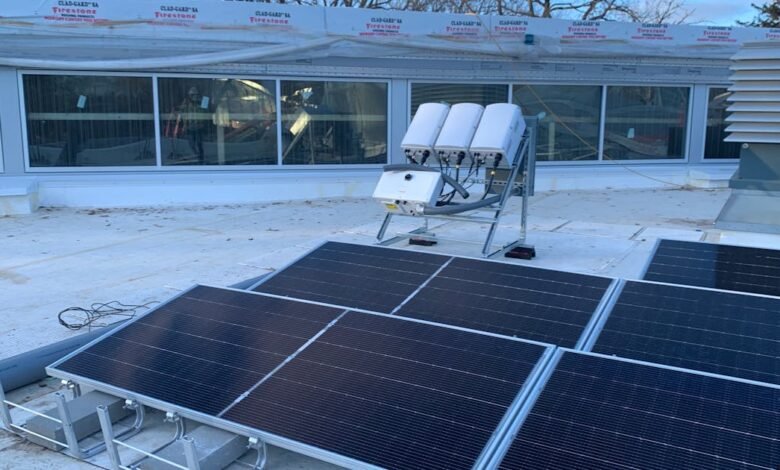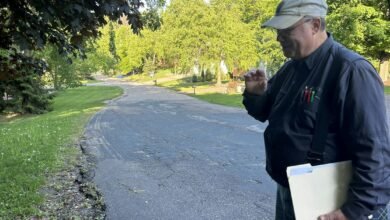
The sun will soon have a new job at the Hennepin County workhouse.
Later this year, two solar panel arrays costing $2.4 million will be installed at the men’s Adult Corrections Facility — a facility for short-term inmates also referred to as the county workhouse — in Plymouth. The projects are two of a half-dozen solar installations contracted for county facilities; nine additional installations are planned.
“By 2025, we’ll have nearly 10 times as many solar panels as we do now, capable of generating nearly 25 times as much green power,” said A.J. Van den Berghe, the county’s energy manager. He added that the panels typically pay for themselves after about a decade and have a lifespan of 25 years or more.
The push into solar power comes after the County Board approved an extensive climate action plan in 2021. It includes goals of reducing carbon emissions by 45% by 2030 and having net-zero greenhouse gas emissions by 2050.
Solar is an important part of those goals and county officials believe the sun can generate 40% or more of individual buildings’ energy needs. They also plan to provide 10% of county government’s total energy with solar by the end of the decade.
Last year, a feasibility study identified more than a dozen county facilities that were good candidates for solar panels. In addition to the two sites at the corrections facility, new solar arrays are planned for several libraries, maintenance facilities and service centers as well as NorthPoint Health and Wellness Center.
County officials have already committed $3.7 million to solar projects this year. Several of the additional installations are planned for facilities that are being renovated or replaced, like the Westonka Library in Mound.
“We plan to install solar on all of our new buildings,” said facilities director Margo Geffen. She noted the county first installed solar panels on the Medina public works facility in 2009.
Some Minnesota residents who wanted to put solar panels on their homes have been frustrated by limits of the electric grid. Van den Berghe says grid capacity is part of determining the best sites for solar and, so far, the county hasn’t run into capacity issues.
Hennepin County is far from alone in its growing commitment to solar power. Panels have been popping up on schools and government buildings across the metro in recent years, spurred by federal incentives and state efforts to address climate change.
Ramsey County identified five buildings that are good candidates for solar and already has panels on the parks administration building and an array at Battle Creek Regional Park.
The Dakota County Board recently approved an $8.4 million energy efficiency contract that includes installing three solar carports and an array at the Hasting government center.
County governments’ transition to clean energy goes beyond solar. Hennepin and other counties are also moving into hydroelectric power and geothermal heating and cooling while making government buildings more energy efficient overall.
Source link



